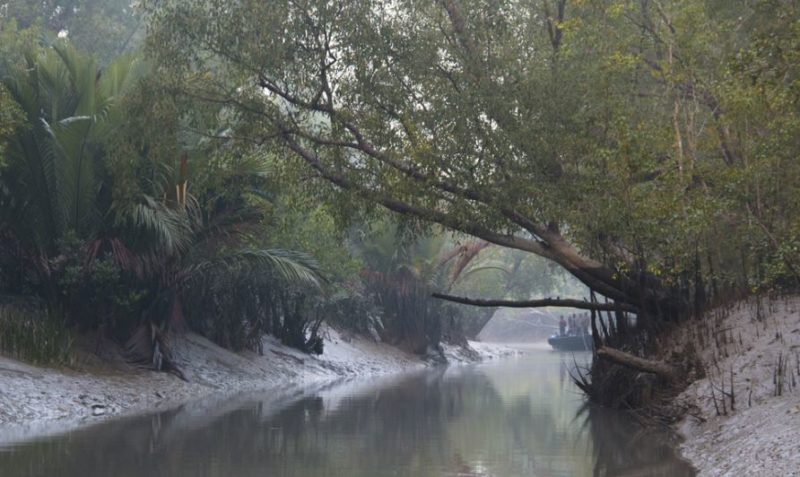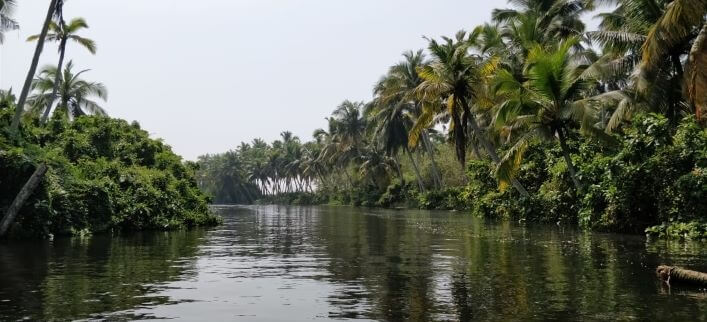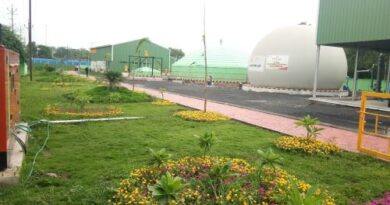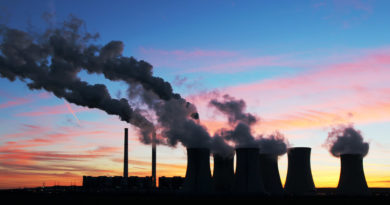Why our Mangroves have turned into a Crime Scene
Mangroves have been under an incredible assault in India, from being categorised as swamps to simply being used as a dumping ground for waste. The consequences , for the rivers and seas and local areas themselves, will be disastrous.
 The Sunderbans. A World Heritage Site
The Sunderbans. A World Heritage Site
In India, we always had a buffer for ignorance. Religion. So even if people failed to study about the benefits of say tress or even rivers, we had religion in their defence, by designating them sacred or connected intimately to key deities. Alas, with education failing most completely, and religion too withering away, the consequences are already apparent in the abuse we inflict on the environment. Mangroves, such a vital part of the marine ecosystem, never had any religious backing at all, making them an easy prey for uninformed attacks from all sides.

These ‘forests’ store greater amounts of carbon than any terrestrial ecosystem which directly reduce CO2 and other GHGs. The carbon that is trapped and stored in these ecosystems are called Blue Carbon. They serve as vital enclaves where many fishes breed. They are also a crucial bulwark in case of strong waves, or even possibly small tsunamis. But no one seems to care.
Since we hear so little about them, their destruction in our country goes unnoticed more often than not. India has already lost more than 40% of its total mangrove area in the last century. In mostcases to our expanding coastal cities, where they have been treated as nothing better than dumping grounds, possible site for land reclamation, and even blamed for breeding diseases as swamps!
How many of us know that Sunderbans—the 10,000 sq km of mangrove forests that straddled India and Bangladesh, is the largest carbon sink in South Asia and is also a world heritage site.
But these tags haven’t stopped its destruction by agriculture, tourism, urban development and massive exploitation by aquaculture, says Indian Institute of Science. With its destruction many fishes and animals (like famous Royal Bengal Tiger) face ever increasing danger of extinction as their survival conflicts with expanding human presence.
Just this Diwali, mangroves in Maharashtra made news for wrong reasons, after the court order to protect these forests was flouted by builders in the state. Maharashtra government on 16 October had installed a 22-member mangrove committee and this cell wanted to add around 2,000 hectares to the existing 15,088 hectares of notified mangrove forests across Maharashtra. Relentless dumping of debris is sadly still going which is eating into flamingo nesting grounds and peripheral forest cover. The overall mangrove cover in the state, including private land, is around 30,000 hectares, which is fast shrinking. Mumbai has been ahead in this mad destruction, laying waste to destruction all across its coastline.

In Kerala, Social Forestry Department last month had put forth a proposal to the State Government to reserve 50 hectares of mangrove forests at Puthuvype. In the 1980s, the wetlands of Ernakulam was abundant in mangrove forests. But with its rapid race to become a metropolitan hub, around 554 acres of mangroves along with variant species were destroyed over a period of 10 years, 2005-2010.
If India does not stop this, many lifeforms that are dependent on Mangroves to provide food and shelter could die with it. This unique ecosystem needs protection not just for the conservation of the biodiversity, but according to a study by National University of Singapore, countries with large coastlines like India could expand these ecosystems to further counteract their fossil fuel emissions. For India, with a large and critical marine exports and fisheries sector, growing the sector without protecting vital mangroves would be akin to slash and burn agriculture, completely unsustainable in the long term.
The study revealed that for Nigeria, Colombia, and Bangladesh, which are among the top 50 fossil fuel emitting countries in the world, mangroves alone mitigated more than 1 per cent of their national carbon emissions in 2014. For Indonesia the number could reach as high as 2.6% of total man-made carbon emission. On a global level, despite Blue carbon’s diminishing impact, it sequestered 0.42% of the human-induced carbon emissions in the same year.
The “blue carbon” ecosystem, can grow fast and has the ability to accumulate organic carbon in the water-saturated soil that surrounds it. Blue carbon vegetation like mangroves are able to store carbon more efficiently, in a way that other ecosystems such as tropical rainforests are not able to.
The study results suggest that the conservation and restoration of blue carbon ecosystems is a direct way to mitigate the effects of climate change like typhoons and cyclones, in addition to all the other benefits that these ecosystems provide to people.These revelations mean a worldwide move to preserve them better. For India, it is a wake up call to save its coastline and large fisheries and related sectors, before its too late.




